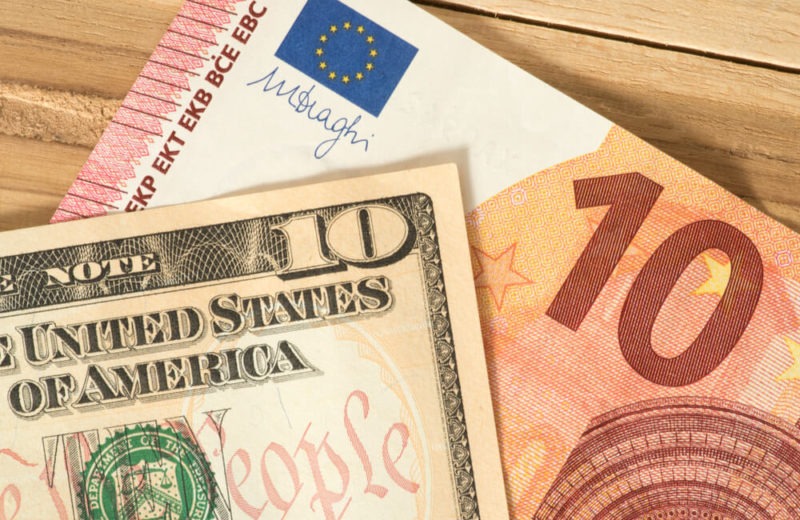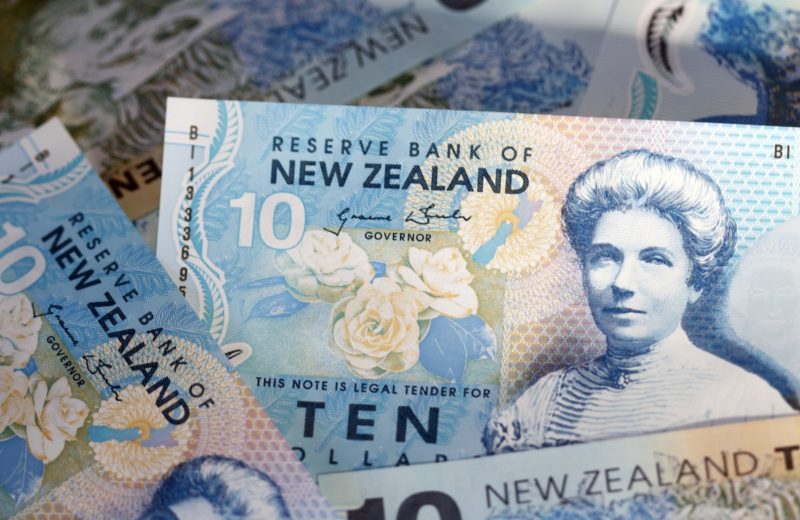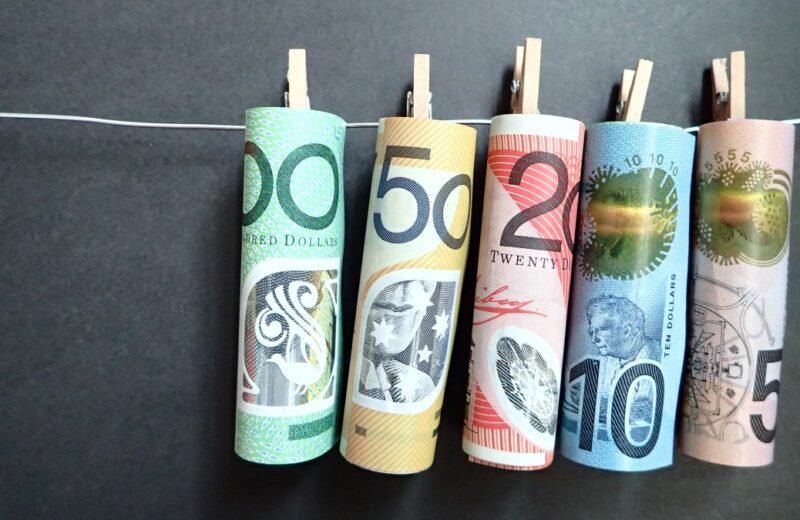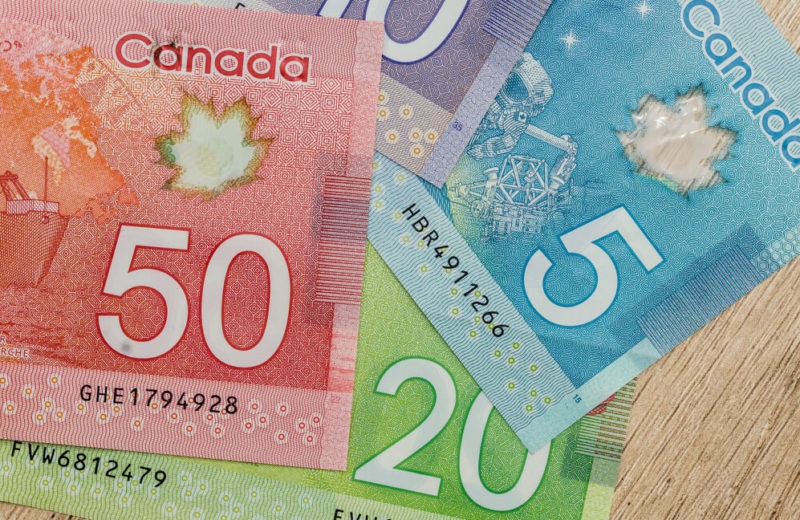Against the commodity currencies, the United States dollar has risen. Traders are waiting for the Federal Reserve meeting. The Japanese yen rose to a 1-week high. The Norwegian crown fell off of the previous days’ 3-month highs.
There is tension in the trading partnership between Australia and China. Thus, the education ministry in China warned students to consider studying in Australia carefully. Consequently, on Tuesday, the Australian dollar fell by nearly 2%.
Investors paused, taking profits from the risk-on mood seen in the markets in the past two weeks. As a result, the dollar found some footing. It rose against tearaway commodity currencies for the first time in June.
The latest round of exuberance continues to drive stock markets higher. Thus, the new series of exciting investments was due to last week’s United States jobs data for May.
Nevertheless, a stronger Japanese yen pointed to trepidation over the United States Federal Reserve’s next move at its two-day meeting starting later in the day.
The Dollar and Others
Jane Foley is a senior currency strategist at Rabobank. What surprised her is how the Australian dollar ignored the deterioration of the relationship between Australia and Beijing for so long.
She added that, over the last few weeks, there had been quite a few comments from Australian and China. Nevertheless, the Australian dollar managed to push up to 70 cents.
Foley suspects that one of the reasons that it fell back today was the comments. Nevertheless, she thinks that the market sensed that the Australian dollar was also quite overbought around those levels.
In the Asian trading session, after rising to an 11-month high of 0.7043, the Australian dollar fell by 1.7% to 0.6899 (a five-day low). The New Zealand dollar followed the trend and decreased by 1.3% to 0.6469. It was off the 4.5-month high.
There was an increase in employment. This caught markets by surprise. Moreover, there was a smaller-than-forecasted fall in exports in China last month.
Thus, it had pushed the trade-sensitive kiwi and Aussie to milestone highs.














